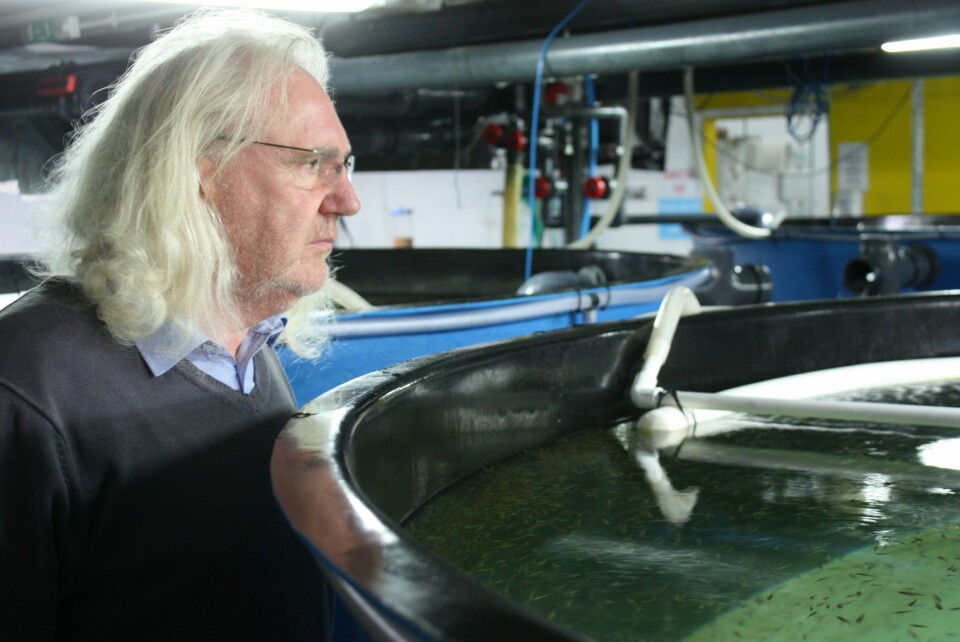
Making wrasse sea-ready
Scotland’s largest producer of farmed ballan wrasse is looking at novel ways to help the cleanerfish make the transition from small tanks to large marine cages.
A new trial has been launched at the joint Marine Harvest/Scottish Sea Farms wrasse production facility at Machrihanish this month, which aims to – as far as possible – emulate cage conditions within a tank in order to prepare the wrasse for their transfer to marine salmon sites and make them more instantly effective as louse eaters.

The Machrihanish facility currently produces about 200,000 ballan wrasse a year and Paul Featherstone, Hatchery Manager, has instigated a number of subtle changes to the tanks containing wrasse that are almost ready to be deployed.
As he explains to Fish Farming Expert: “After transfer to sea sites, once they’re used to their surroundings they work very well as cleanerfish, but we’ve found that farmed wrasse, unlike wild-caught alternatives, can take several months to settle in the marine cages and start to operate effectively.
“It’s not surprising, they’ve spent their lives in relatively small tanks, with very constant conditions – such as protected recirculation systems, constant light and filtered intake water.
“There are also a number of differences – being grown in a recirculation system the hatchery water has subtle differences in water chemistry as compared to oceanic water and the feed we’ve been using is different too.”
As a result, Paul has decided to try putting the wrasse in a “conditioning tank” for several weeks before they are sent to sea.
“We’ve introduced a natural photoperiod, exposed them to oceanic saltwater, given them more laminaria and hides, introduced agar feed blocks instead of pelllets and changed the direction of the water flow to make conditions more turbulent, just like in a Jacuzzi!” he explains.
“We’re not, of course, able to mimic cage conditions completely, but hopefully this will help them settle in more quickly. Wrasse are creatures of habit and they do not like sudden change but hopefully if we can pre-adapt them to the cage environment, through a transitioning phase, thus mitigating the stress of transfer,” he adds.
Further developments
A second wrasse farming site, “Mach II”, is about to be submitted for planning by MH and, if permission is granted, construction is due to start next year. And Paul hopes there might be scope to improve the conditioning further once the new £6 million facility is online.
“Ideally we will be able to construct some much bigger tanks to take the wrasse from both sites from about 15-20g until they’re large enough to go to the sea cages, to ensure that they’re more robust when they’re transferred,” he says.























































